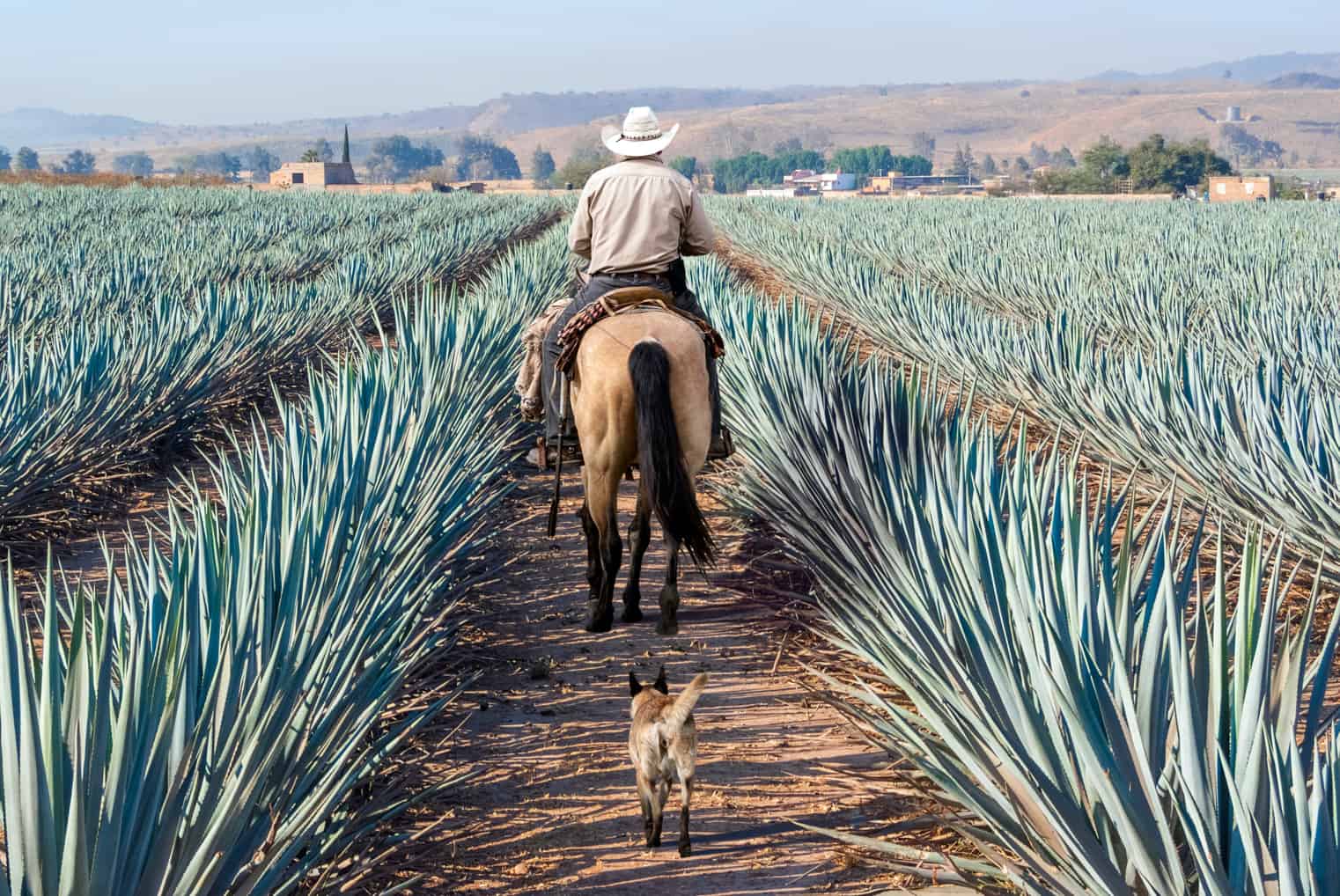Modernization has touched nearly every aspect of the liquor production industry. Among these modernization efforts are advanced distillation and packaging methods, sourcing of raw ingredients, and even marketing of brands.
One area that has resisted modernization is in the tequila industry. Specifically, harvesting methods for the agave plant that is central in the tequila-crafting process. Here, you still find a time-honored harvesting method handed down for centuries is practiced by the industry’s “jimadores”, who are skilled craftsmen that are critical in the production process.
What is a Jimador?
Jimadores are the skilled workers tasked with harvesting the agave plant. This spiky leafed plant is the primary ingredient in tequila, and the very nature of the plant and its pineapple-shaped core make it resistant to modern harvesting methods. The jimador is armed with a sharp tool called a “coa”, basically a spade-like blade mounted on a short wooden pole. Using the coa, the jimador trims away the bitter leaves of the agave plant, revealing the tender inner core, or “pina”. The jimador exhibits incredible skill, not only in the trimming but also in the fact that these workers help select the very best agave plants for harvesting.
Harvesting Agave
Plantations that grow blue agave may be located in remote areas. Jimadores may be tasked with reaching fields that cannot be accessed by vehicles, eliminating the possibility of using mechanized farming equipment to help with the plant harvest.
While many large agave farms that can be accessed by vehicles exist, no modern methods have been developed to handle the delicate and intricate task of trimming away the bitter plant materials to reveal the core of the agave plant. Leaving too much of the leaves on the pina results in a bitter flavor in the finished tequila. Excess leaf material also increases the toxic and undesired methanol content of the product. Once the pinas are harvested and loaded onto trucks by the jimadores, they travel to the distillery. There, they are cooked, crushed, and fermented according to methods developed over centuries of tequila production.
Tradition and the Future
Until modern harvesting methods are developed, the jimador will remain as a critical component in tequila production. The demand for these skilled workers has increased over the years; wages have increased in pace with the demand. The life of a jimador is filled with hard work, pride, and a passion for traditional farming skills. These skills are often handed down from generation to generation, ensuring that the tequila industry is well-equipped for the future of the craft.
Source: https://talesofthecocktail.com/in-depth/jimadores-unsung-heroes-tequila

